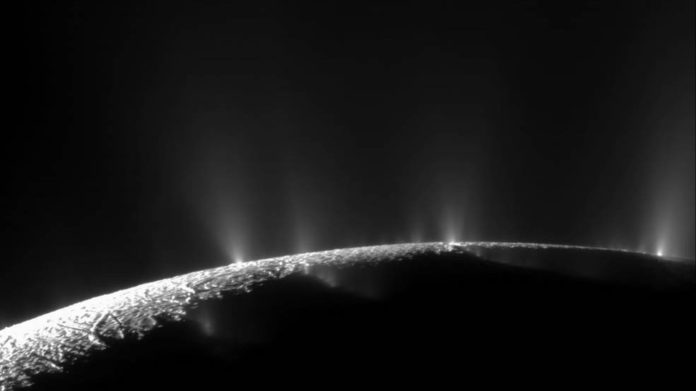It’s no secret that Canada can have some harsh winter conditions, but nowhere is this more true than in the dry and cold permafrost of the high Arctic, an area that researchers say comes about as close to conditions on Mars as can be found on Earth.
McGill University researchers Jacqueline Goordial and Lyle Whyte chose an outpost on Axel Heiberg Island in Nunavut, 900 kilometres from the North Pole, to test portable DNA sequencing technology in a bid to find the first unambiguous evidence of extraterrestrial life in our solar system.
The portable instrument the team tested is the Oxford Nanopore MinION, a commercially available device that is about half the size of a smartphone and already in use on the International Space Station.
Adding to the applications already validated for the MinION, the team demonstrated that it could be used in extremely cold and remote settings, detecting and sequencing DNA and RNA from microbes directly in the field. This is direct evidence of life, and the sequences also tell us a bit about the organisms they came from.
The MinION is small, light, and has low energy requirements, making it ideal for long distance missions. Using the MinION in tandem with other portable tools, Goordial and Whyte were also able to culture microbes that have never been cultured before and detect live microbial activity.
To date, rovers and landers that have searched for life on Mars or comets have been limited by technology: instruments were able to look for organic molecules and “biosignatures” that generally only form when living organisms are present. These are the products of life, but they can be formed without it, and so they are not direct evidence of life itself.
The team hopes that this technology could be included in future space missions to Mars, or to icy moons Enceladus (orbiting Saturn) or Europa (orbiting Jupiter), where there may be liquid oceans underneath their frozen surfaces.
But more work needs to be done to adapt MinION for automated use, as manned missions are likely still over a decade away from launch. Getting a sample into the device is the focus of collaborator Alex Ellery at Carleton University. He will be developing a robotic drill and arm for sample collection. The team hopes to have a working automated platform in the next three to five years.
With a bit of luck, and as many more technological advances as possible between now and then, we may soon uncover clues on life off Earth.








































